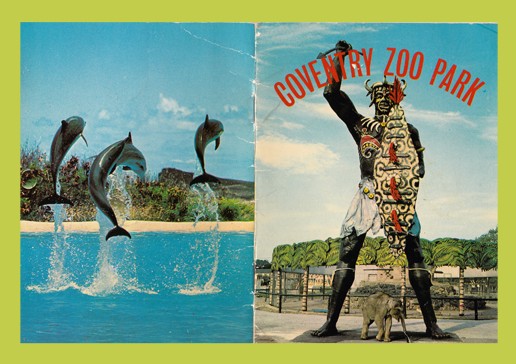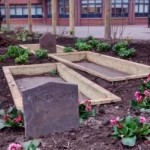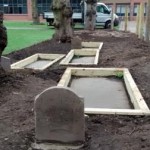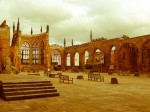Think you know everything about Coventry? Think again, even the locals don’t know these city secrets…
1. Mighty oaks from little acorns grow
Whilst it’s undisputed that Coventry began as a Saxon village, no-one knows for sure what it was called. Historians argue between two names, the first is ‘Cofantreo’, which means the tree belonging to Cofa: Cofa’s Tree. He was presumably a settler in Saxon time. Trees were often used to mark boundaries, in this case the tree marked the end of Cofa’s settlement.
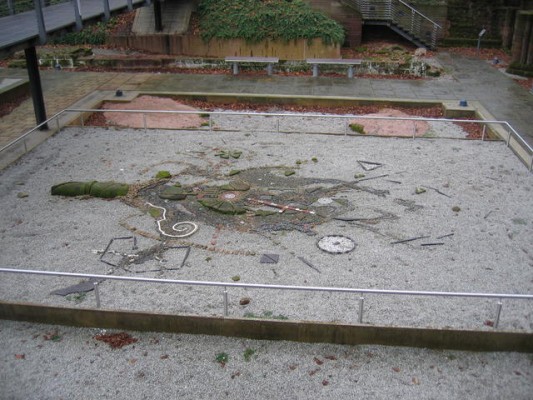
The alternative name is Couaentree. Couaen (sometimes spelt Cune) apparently refers to the ‘meeting place of waters’. This may mean the meeting of the river Sherbourne and Radford Brook . Either way, a settlement grew up around the tree and eventually the name ‘Couaen-tree’, or ‘Cofa’s tree’ evolved into ‘Coventry’. Information taken from ‘Historic Coventry’
2. The order of the phoenix
About ten years ago, our iconic phoenix logo was flipped around, as we believed the Phoenix should be looking forwards, to the future, rather than back to the past:
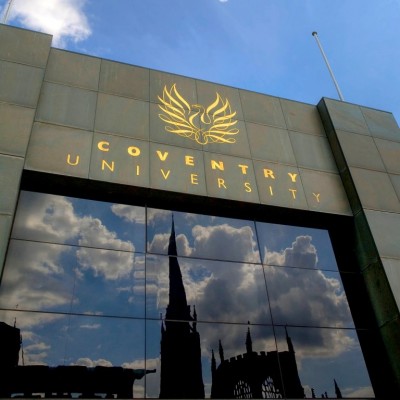
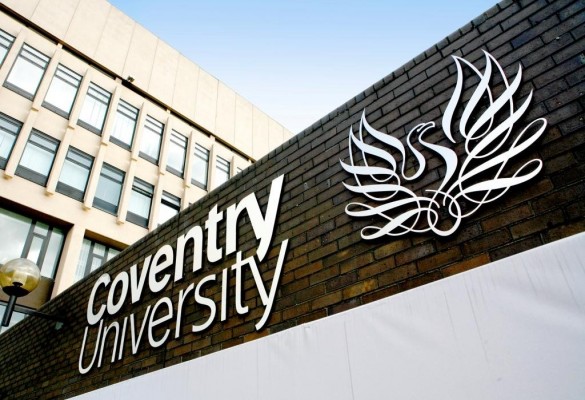
But why do we have a phoenix logo anyway?
The phoenix is an immortal bird fabled to be the only one of its kind. It lives for five or six centuries, (although J. K. Rowling shortened this to a few months) after which it burned itself to death before rising from the ashes with renewed youth to live through another cycle.
3. The mystery of Coventry’s Zulu
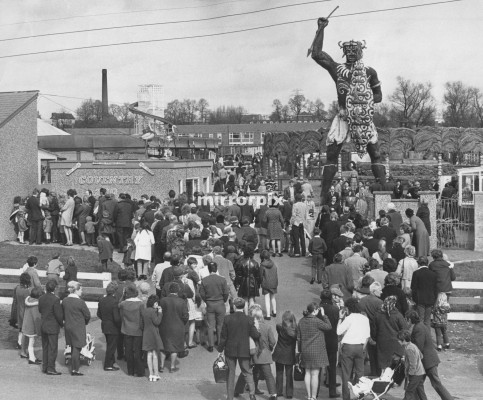
Thirty years ago, if you headed towards Whitley Common, Coventry, you wouldn’t be too surprised to see a warrior’s head peeking over the trees. Well, you would if you weren’t pre-warned…but anyway, the 35 foot Zulu warrior was ‘guarding’ the entrance to the Coventry Zoo! Established in 1966, the short-lived zoo closed in 1980 after a continuous stream of accidents, escapes..and attacks!
After the zoo closed, the animals and their cages were removed, as was the Zulu warrior – but for years nobody seemed to know where he had gone. It wasn’t until 2011 that his head, spear and toe were found, or rather his ‘finders’ came clean!
4. On foot in the grave..
Coventry University contains a patch of grass full of gravestones beside the main admin block on campus.
The land was originally part of Coventry Castle’s orchard, until the castle was destroyed in the 11th century and replaced with St Mary’s Guildhall, which was used by all three cathedrals respectively. The gravestones within the churchyard date back to the early 1800’s, and because this counts as sanctified ground, they cannot be removed. Spooky! Our estates team is working on redesigning the ‘churchyard’ area.
“The designs include information boards about the land and translations of the worn gravestone lettering. Additional seating areas will be provided, surrounded by scented flowers. The scents will be specifically chosen to clear the mind, creating the perfect setting for peace, tranquility and reflection”.
5. What’s in a name?
When a polytechnic was opened in Coventry, it bought together several schools and institutions across Coventry and Rugby. When naming the combined polytechnic neither town wanted the other to have supremacy, so instead of Rugby Polytechnic or Coventry Polytechnic it was called…er…. Lanchester Polytechnic, named after industry pioneer Dr Frederick Lanchester.
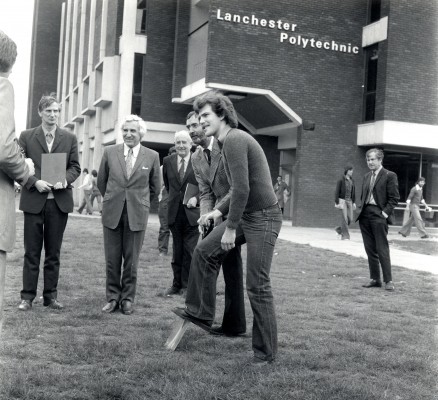
Whoops..

